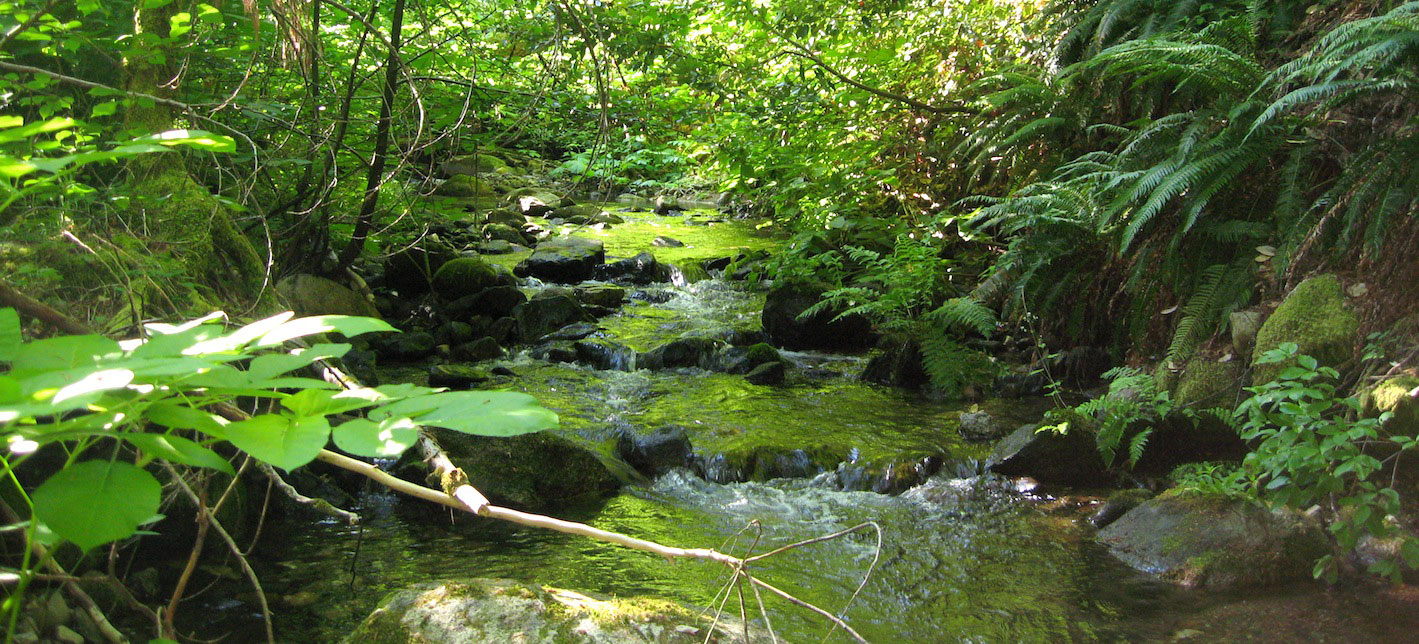Chapter 21
Forest Water Balance
Outline:
- Forest plot water balance: Pg = Int + T + F
- Interception (Int), Throughfall (T), Stemflow (F)
- Relative amounts of forest water balance components
- Vegetative factors affecting interception
- Atmospheric factors affecting interception
Textbook reading:
- none.
Other reading:
- Solar Light Company, Inc. Radiometer Specification Guide. Application Note 113.download here
- Hygometrix, Inc. 2004. A Comparison of Relative Humidity Sensing Technologies. Application Note 2004-2. Alpine, CA.download here
Related web links:
- Notes on interception
- Stemflow measurment method
- Hubbard Brook LTER throughfall data
- Sitka Spruce information
- Canopy measurement- Can it possibly be as easy as an eHow entry?
Video Podcast: Forest Hydrology, part 1
Beginning today, the focus of the course shifts from a primary emphasis on covering basic elements of the water balance to seeing how traditional methods are deployed in different settings and how new methods must be developed driven by necessity of a particiular setting and problem. The topic for today's video podcast, Forest Hydrology, was covered as Chapter 2 of HYD143 (Hydrological Processes in Ecosystems). Therefore, I am presenting the corresponding video podcasts from that class as the ones to be watched for HYD151, but herein I ask you to focus on the innovative ways field methods are used to address water balance topics.
For those who are new to the topic of forest hydrology, this first 19-minute presentation introduces the basic water balance for an individual tree and a tree canopy, and then describes the essential vegetative and atmospheric controls on the balance.
- 640 x 480 (480p) format that balances speed and quality. (176 MB file)
- 1920 x 1280 (HD) format that provides larges size and best quality. (973 MB file)
Video Podcast: Forest Hydrology, part 2
This 34-minute presentation illustrates case studies of throughfall, interception, and stemflow in different regions highlighting unique aspects of the tree-scale water balance. Please pay close attention to all the novel ways the standard hydrological instruments are deployed in a forest in these examples. Even when using traditional instruments, it is often necessary to improve on their installation and use.
- 640 x 480 (480p) format that balances speed and quality. (455 MB file)
- 1920 x 1280 (HD) format that provides larges size and best quality. (2.61 GB file)


